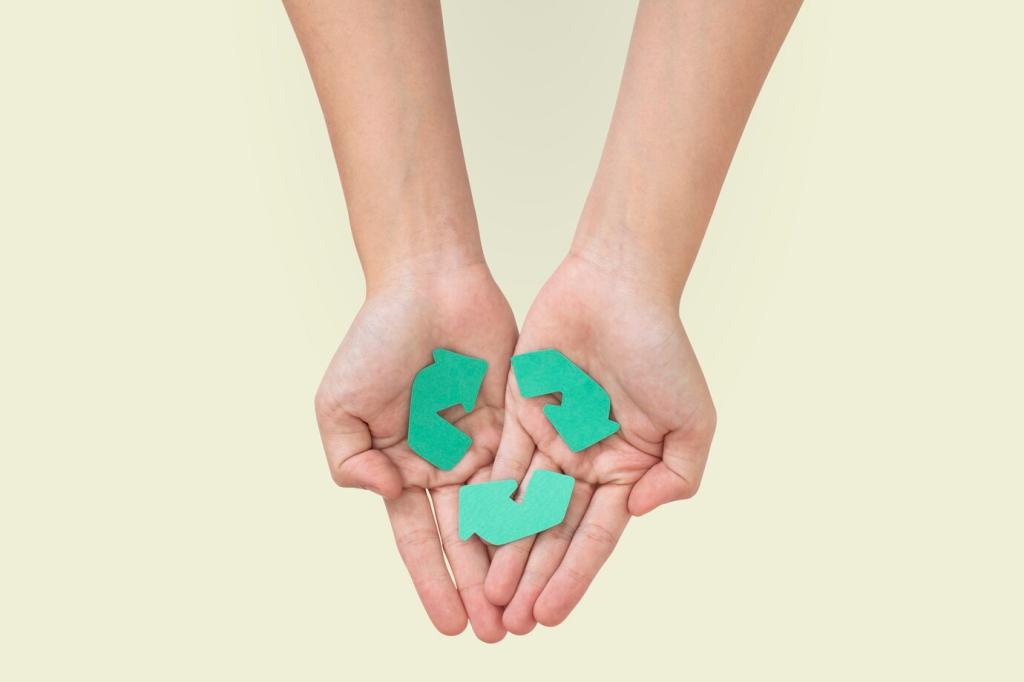Green Chemistry Essentials for a Healthier Home
Wood oils, shellac, and water-based finishes react differently to acids and alkalines. Mild, diluted solutions protect beauty while lifting grime. Always patch test, start gentle, and step up only if needed. Share your cautious-first stories to guide our community.
Green Chemistry Essentials for a Healthier Home
Castile soap and coconut-derived surfactants loosen soils without stripping natural oils. A few drops in warm water go far, saving product and waste. If you’ve tested different dilutions, tell us which ratios worked best on specific woods or upholstery types.











